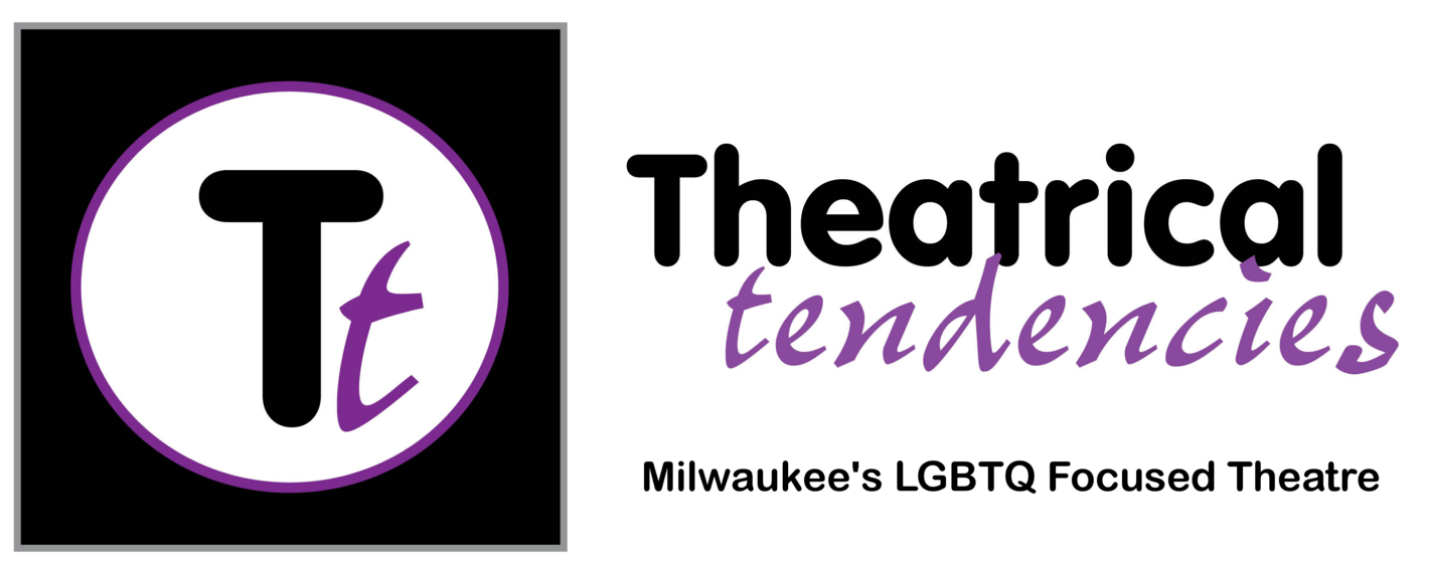JIM SANTELLE
What characters do you play in SOME MEN?
Aaron, Tommy's Dad, Buffed in Chelsea, Trey and Joseph.
Briefly tell us a little bit about yourself...
My most recent accomplishments include finishing 33rd in a local mini-triathlon (okay, all of the entrants together totaled 56) and commemorating with friends the 400th anniversary of the death of William Shakespeare (I have leftover “Bard” lapel buttons—useful as wardrobe accessories for many occasions; okay, really only a very few).
Have you worked with Theatrical Tendencies before?
Yes! In Geoffrey Nauffts’ Next Fall, I played a seemingly unredeemable but ultimately redeemed father named “Butch.”
Tell us about your favorite character that you play in SOME MEN:
One of the two characters that I play not expressly identified by an individual name, “Tommy’s Dad” is one who (in only a few brief lines) combines profound loss, superficial denial, intellectual revelation, and unresolved relationship with a son who he never really knew—or perhaps knew all too well. Those are the kinds of things that, in intriguing combinations, animate the lives of many Americans.
What is something that you didn’t know about gay life in the past century that you’ve learned from SOME MEN:
I can now recite the titles of the first three musicals to win the Pulitzer Prize (eat your heart out, “Hamilton” creators!) and can identify the borough of New York City in which Walt Whitman lived. A bit more seriously (but much related to these), I’ve acquired an enhanced appreciation for the role that some of the script-identified authors and their works both imitated life and made new art in the lives of all of us. (E.M. Forster, anyone?)
Why should audiences come and see SOME MEN:
Two motivations, surely among many, compelling others: First, the challenging opportunity to witness (and keep track of!) some 43 engaging and instructive characters played by only nine—count ‘em, nine—live human beings. Second, a thoughtful, humorous, didactic, provoking, and ultimately renewing theater experience that relies on the stories of our past and our present to give us some direction on what our future—nationally and in our worldwide community of women and men—should be.

